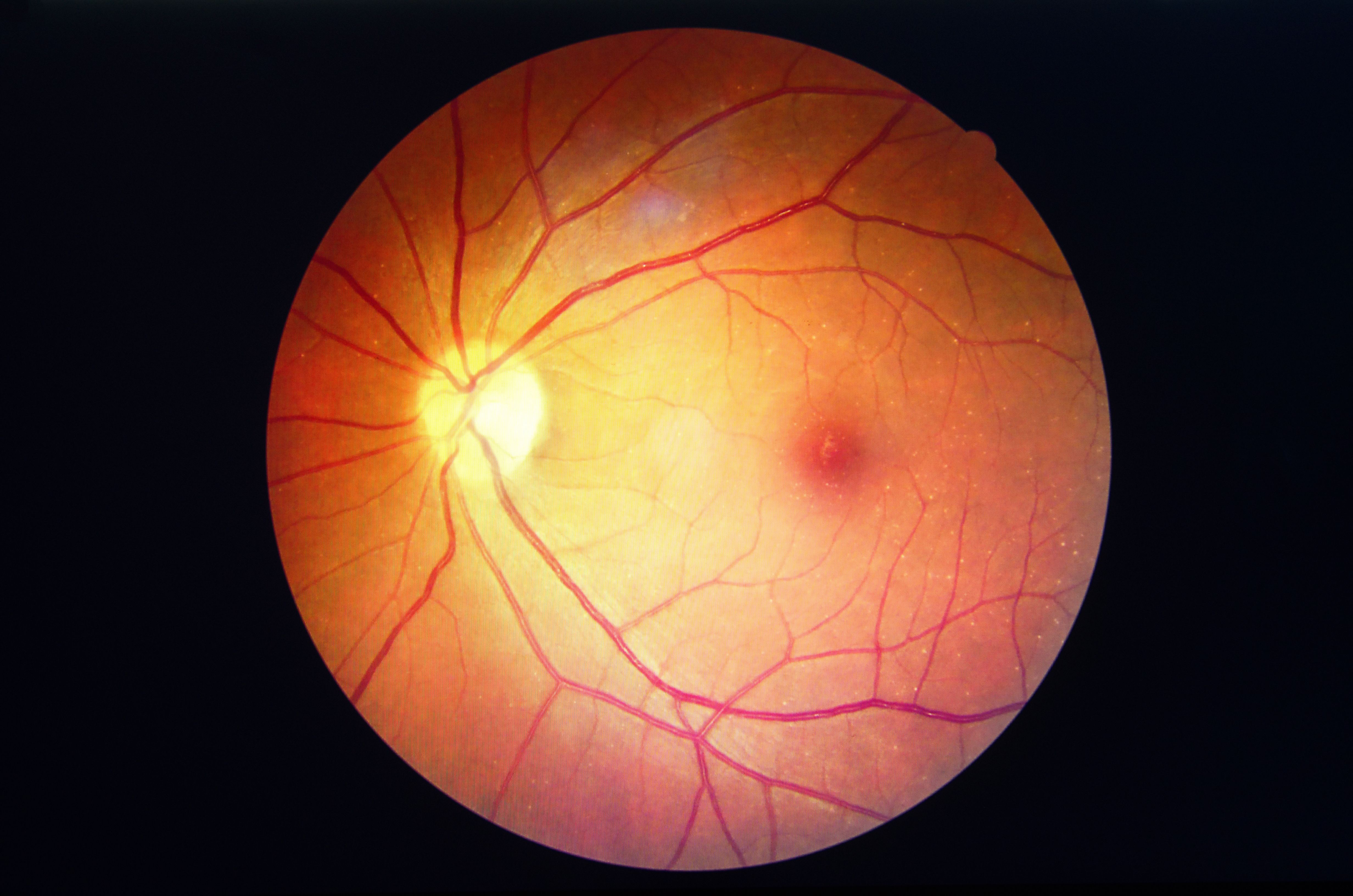Article
Surrozen announces partnership with Boehringer Ingelheim to develop Wnt agonist SZN-413 for people diagnosed with retinal diseases
Author(s):
Surrozen Inc. announced this week that it has entered into a collaboration and license agreement with Boehringer Ingelheim to research and develop SZN-413 for the treatment of retinal diseases.

Surrozen Inc. announced this week that it has entered into a collaboration and license agreement with Boehringer Ingelheim to research and develop SZN-413 for the treatment of retinal diseases.
SZN-413 is a bi-specific antibody targeting Fzd4-mediated Wnt signaling designed using Surrozen’s SWAP technology. It is currently being developed for the treatment of retinal vascular-associated diseases. Data generated by Surrozen with SZN-413 in preclinical models of retinopathy demonstrated that SZN-413 could potently stimulate Wnt signaling in the eye, induce normal retinal vessel regrowth, suppress pathological vessel growth and reduce vascular leakage.1
This novel approach could thus potentially allow for regeneration of healthy eye tissue, not only halting retinopathy, but possibly allowing for a full reversal of the patient’s disease.
Under the terms of the agreement, Boehringer Ingelheim will receive an exclusive, worldwide license to develop SZN-413 and other Fzd4-specific Wnt-modulating molecules for all purposes, including as a treatment for retinal diseases, in exchange for an upfront payment to Surrozen of $12.5 million. Surrozen will also be eligible to receive up to $586.5 million in success-based development, regulatory, and commercial milestone payments, in addition to mid-single digit to low-double digit royalties on sales. After an initial period of joint research, Boehringer Ingelheim will assume all development and commercial responsibilities.
“Surrozen looks forward to the new partnership with Boehringer Ingelheim and to having our teams and scientists work to advance the potential opportunities for our Fzd4-targeted Wnt agonist program. We believe that compelling genetic and experimental evidence of the role for Fzd4-specific Wnt signaling in retinal vascular function points to the potential clinical impact of our approach. Boehringer Ingelheim is the optimal partner to translate that evidence into potential breakthrough therapies to transform the lives of people with retinal diseases,” said Craig Parker, Chief Executive Office at Surrozen.
Reference
1. Huy Nguyen, Hui Chen, Meghah Vuppalapaty, Elizabeth Whisler, Kelsey Ronarda Logas, Parthasarathy Sampathkumar, Russell Byron Fletcher, et.al. SZN-413, a FZD4 Agonist, as a Potential Novel Therapeutic for the Treatment of Diabetic Retinopathy. Published September 2022. DOI: https://doi.org/10.1167/tvst.11.9.19
Newsletter
Don’t miss out—get Ophthalmology Times updates on the latest clinical advancements and expert interviews, straight to your inbox.





